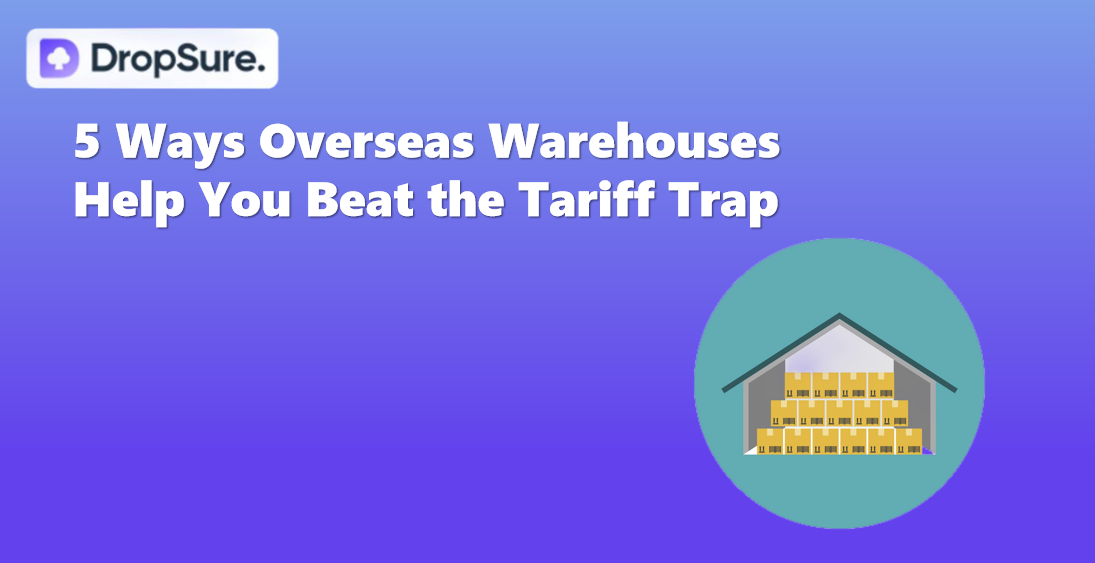These past few years, whether you’re scrolling through TikTok, watching YouTube, or browsing Reddit, you can’t miss people talking about “Dropshipping”—stuff like “zero inventory startups,” “passive income,” or “hundreds of orders a day,” all hyped up to get your blood pumping. But here’s the real question: Is dropshipping a legit money-making opportunity or just a cash-grab harvesting newbie sellers?
Don’t rush to decide. Today, we’re going to tear off the filter for a brutally honest analysis—whether this business is worth your time and if it actually has a future.
What Is Dropshipping?
Dropshipping (i.e. zero-inventory e-commerce) simply means you open an online store, sell other people’s products, and pocket the difference. No need to stock inventory, no need to handle shipping yourself—just a computer and an account, and you’re ready to go.
The process is actually super simple. First, you set up a shop on Shopify, Shopee, or TikTok Shop, and list products you’ve found on Alibaba, 1688, or AliExpress. When someone sees your ad or video and likes what they see, they place an order in your store. You then take that order, go back to your supplier to place the same order, and the supplier ships the product directly to your customer—without you ever touching the item.
For example, a customer buys a pair of pants in your store for $39.99. You then order it from AliExpress at a cost of $15 plus $5 shipping, so you net $20 on that sale (of course, you still have to deduct your ad spend and other miscellaneous costs). Sounds pretty sweet, right?
A lot of people get hooked on this model and think it’s the “ultimate light-startup”: no purchasing stock, no dead inventory, not even handling returns or customer service yourself—seems like a business that can’t lose.
But hold up—of course the truth isn’t that simple. Next, let’s break it down further and see whether this business really is what you think it is.
Are The Rosy Pictures Of Dropshipping Real?
A lot of content creators or course sellers will tell you:
● “Zero Inventory, Zero Risk, Anyone Can Do It”
● “You Can Make A Thousand Bucks A Day While Sipping Coconuts On The Beach”
● “I Went From $0 To $20K A Month”
These aren’t entirely lies, but they’re talking about the “results” they achieved, without telling you the “cost” behind them.
Let’s break it down—
How to Determine if Dropshipping Is Suitable for You
Dropshipping is definitely not a casual “side hustle” that anyone can jump into, nor is it an “automatic money machine” where you just lie back and watch the cash flow in. So, what kind of people are suited to give it a try, and what pitfalls should be avoided?
Who Is Suitable to Enter the Market
If you have some startup capital on hand—say, a budget of one to three thousand dollars; are willing to spend time analyzing ad data and fine-tuning your product selection strategy; have a calm mindset to accept that your first few products might barely break even; plus a decent command of English so you can understand supplier terms, customer reviews, and backend reports smoothly… congratulations, you have the basic qualifications to do dropshipping. With these “tools” in place, you can treat failures as learning investments and gradually develop your own approach.
Who Is Not Suitable to Enter the Market
On the other hand, if you want “quick money with zero investment,” think you can’t succeed without buying courses; don’t want to put in the brainpower to analyze data or run A/B tests and just want to rely on luck; or believe that buying some “quick success formula” will let you lie back counting money—honestly, don’t waste your time. On this road, the “entry fee” might cost you more than your budget, and the one who suffers the loss is often yourself.
Treat Dropshipping as Entrepreneurial Training
In short, dropshipping is more like a small-scale entrepreneurial training: you need to invest some money and time upfront, practice selecting products, running ads, handling customer service, and managing logistics—the full set of skills—before you can gradually increase your profits. The ones who really make money aren’t just lucky; they keep optimizing through failures and find direction in the data, eventually pushing their profit curve upward.
Dropshipping: A Business of Both Opportunity and Challenge
Let’s be clear from the start: Dropshipping has never been a scam. It’s a well-established e-commerce business model, with a core concept that’s simple—you make the sale, your supplier handles the shipping. No inventory, low entry barriers, and access to global markets—it all sounds pretty appealing. That’s exactly why so many people are drawn to it.
But the reason it gets misunderstood or ends up disappointing many comes down to one thing: too many people treat it as a shortcut to “high returns with low effort.” The reality? It’s a business that demands an entrepreneurial mindset. It has a low margin for error, intense competition, and making money is anything but easy.
Think you can “just copy a success story, grab a trending product link, run a few ads” and see automatic sales roll in? In truth, you’ll be constantly analyzing performance data and tweaking your ads; sourcing new products while dodging platform policy violations; handling angry customer emails over slow shipping while scrambling to find more reliable suppliers. Where’s the “easy” part? That’s just the day-to-day of running operations.
But don’t be discouraged. If you’re willing to commit seriously and treat Dropshipping as a real-world business training ground, it can absolutely help you break through your growth ceiling—sharpening your eye for products, improving your traffic judgment, and developing a customer-first mindset. Even if you don’t stick with Dropshipping long-term, these are transferable skills you can carry into other ventures. Totally worth it.
In short, Dropshipping is a business that’s easy to start, but hard to master. If done well, it can make you money, teach you valuable skills, and build a strong foundation for future entrepreneurship. If done poorly, it might just burn your cash, drain your energy, and wreck your confidence.
So is it worth it?
Here’s the one-line answer:
If you treat it seriously and go all in, it can reward you. But if you’re just looking to “get lucky and make quick money,” it’s a brutal trap that will chew you up and spit you out.

 13 min read
13 min read




